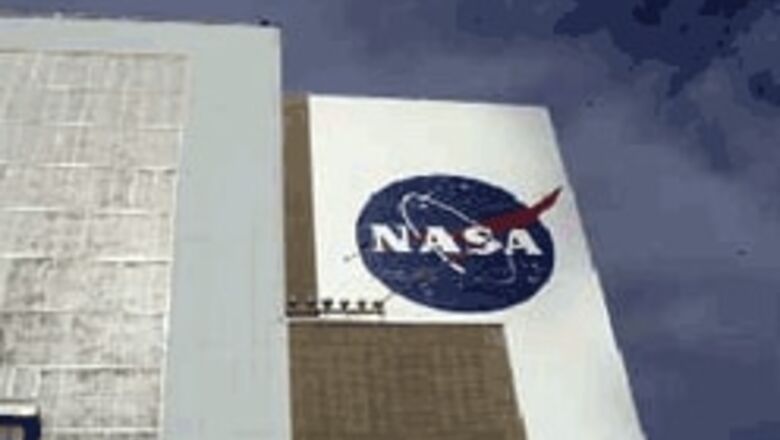
views
Washington: NASA has as part of its vision of returning humans to the moon, unveiled its Global Exploration Strategy for a proposed US lunar architecture.
NASA Deputy Administrator Shana Dale, who is guiding the long-term strategy development effort among 14 of the world's space agencies, said the strategy was to enable interested nations leverage their capabilities to help energise a co-ordinated effort for further exploration.
"This strategy will enable interested nations to leverage their capabilities and financial and technical contributions, making optimum use of globally available knowledge and resources to help energise a coordinated effort that will propel us into this new age of discovery and exploration," said Dale.
According to a NASA release, the Global Exploration Strategy will focus on two overarching issues; why is man returning to the moon and what does man plan to do there upon his return there and a third issue “how humans might accomplish the mission of exploring the moon.”
“The strategy includes a comprehensive set of the reasons for embarking upon human and robotic exploration of the moon. NASA's proposed lunar architecture focuses on a third issue: How humans might accomplish the mission of exploring the moon,” NASA said in a release.
In April 2006, NASA initiated the development of the Global Exploration Strategy in order to meet a congressional mandate, as well as to accomplish goals outlined in the agency's strategic plan and the Vision for Space Exploration.
The strategy is evolving from a lengthy dialogue among more than 1,000 individuals, including experts from NASA and the space agencies of 13 other countries including Australia, Canada, China, EU, France, Germany, UK, India, Italy, Japan, Russia, South Korea and Ukraine.
Dale said the final plan was to develop a solar-powered lunar base and to locate it near one of the poles of the moon.
“With such an outpost, NASA can learn to use the moon's natural resources to live off the land, make preparations for a journey to Mars, conduct a wide range of scientific investigations and encourage international participation,” Dale said.
“The architecture work has resulted in an understanding of what is required to implement and enable critical exploration objectives.
This is all important as we continue the process we have begun and better define the architecture and our various exploration roles in what is a very exciting future for the United States and the world," added Doug Cooke, deputy associate administrator, Exploration Systems Directorate.
According to the release, the proposed lunar architecture includes plans for making robotic precursor missions operational to support the human mission.
The precursors include landing site reconnaissance, natural resource assays and technology risk reduction for the human lander.
According to Dale, presently, an incremental build-up would begin with four-person crews making several seven-day visits to the moon until their power supplies, rovers and living quarters are operational.
The first mission would begin by 2020, to be followed by 180-day missions to prepare for journeys to Mars, Dale said.




















Comments
0 comment